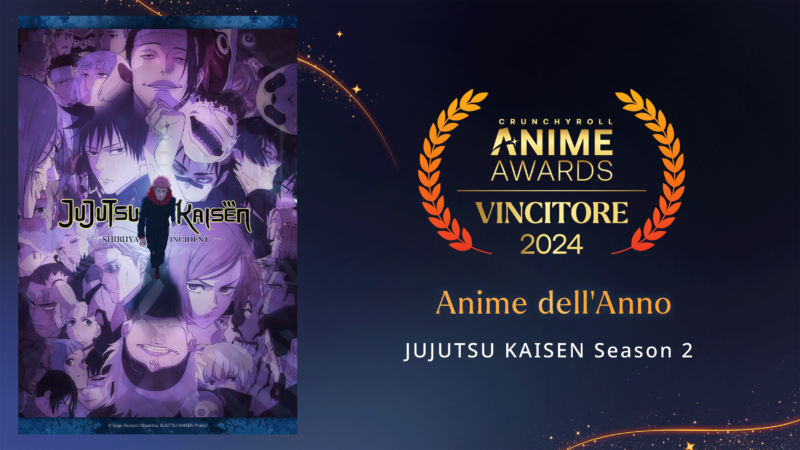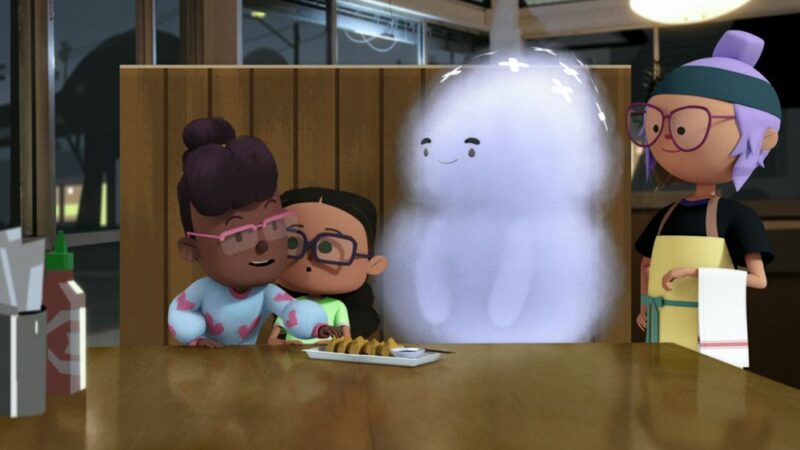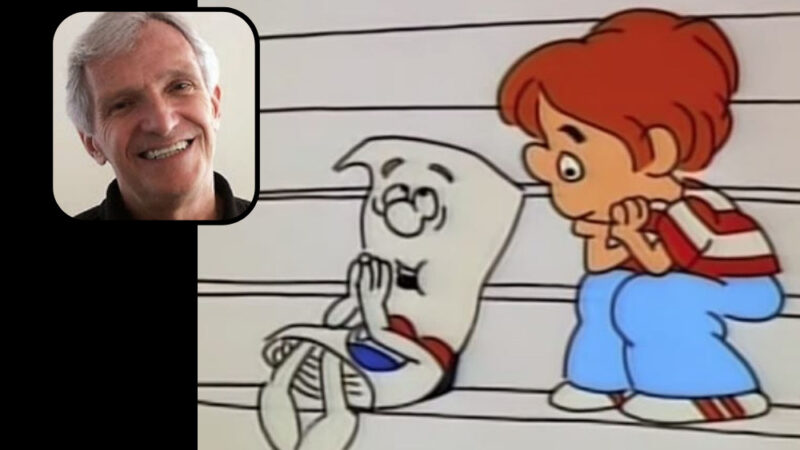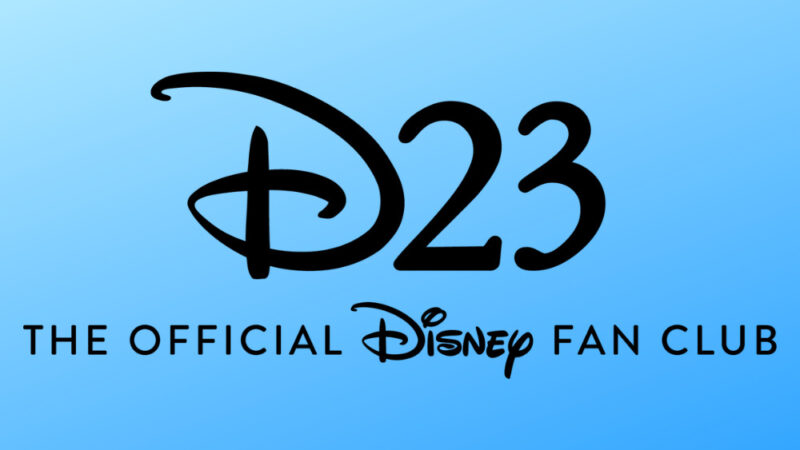Twin Pines recreates a spectacular naval battle for "La Fortuna"
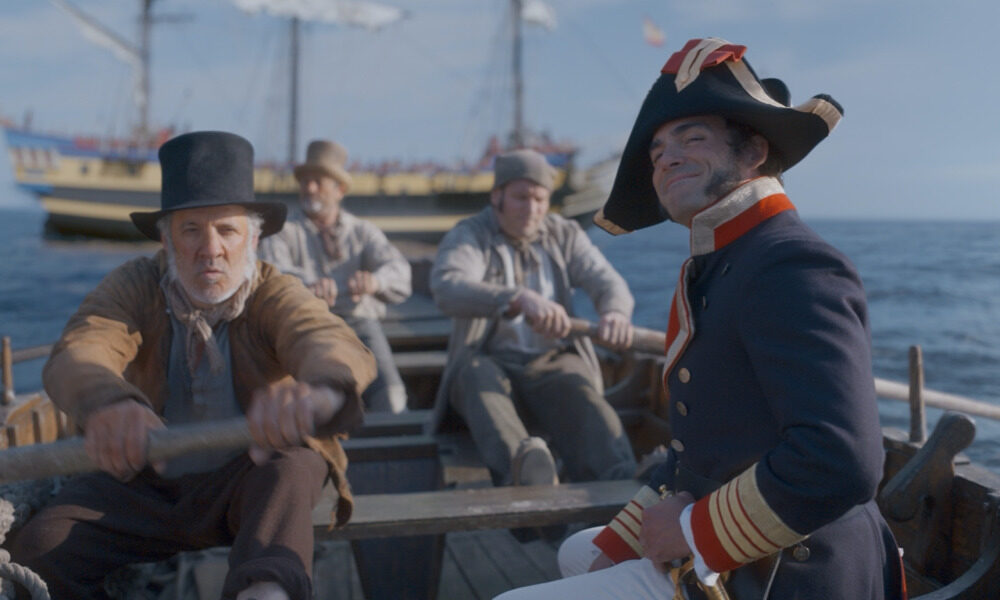
Twin Pines, the Madrid-based digital post-production company, took care of the visual effects La Fortuna, the new Movistar + series directed by Alejandro Amenábar. This international production was an exciting challenge for the studio: overall, the series contains around 1.000 digitally retouched shots, which took a year of work to recreate underwater scenes, an epic naval battle and a trip to the United States, among many. other sequences.
Produced in association with AMC Studios and in collaboration with Mod Pictures (Spain), the drama unfolds as American treasure hunter Frank Wild (Stanley Tucci) locates the wreck of La Fortuna, a frigate that sank on Spain's Atlantic coast in 1804 - the resting place of the greatest sunken treasure in history. When Wild sends the loot back to Atlanta, young diplomat Alex Ventura (Álvaro Mel) is enlisted to fight an international legal battle for Spain to regain the historic treasure, with the help of seasoned maritime lawyer Jonas Pierce (Clarke Peters). .
Having previously worked with Amenábar on the film While at war, for which Twin Pines was nominated for a Goya Award for Outstanding Special Effects, the director and studio teamed up again to adapt the graphic novel The treasure of the black swan by Paco Roca and Guillermo Corral for television. The story of this passionate time travel and its multiple scenarios presented a number of unique challenges.
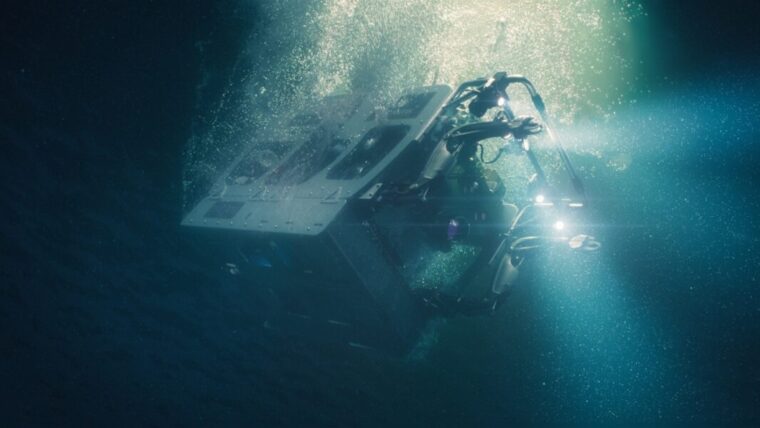


CGI ROV underwater in La Fortuna
"Without a doubt, the underwater sequences were the most complex, as we had to create them completely on the computer or what we call complete CG," say Juanma Nogales and Ana Rubio, directors of Twin Pines. “Normally we would integrate our effects into the appearance drawn during the shoot, but in these sequences there were no existing footage, so we had to create everything from scratch: art, environment, lighting and physical simulations, basing everything on the storyboard and instructions from the director. ".
As one of the main narrative elements in La Fortuna, the underwater world had to be both realistic and cinematic. To this end, Twin Pines created a series of 3D elements including sand, plants, coral, rocks, ships and cannons, which were then computer-aged to convey a compelling effect. In addition, they also had to create two looks: one for shooting from the outside of a remotely operated underwater vehicle (ROV) and the other from inside the ROV, which would be seen on the screens of American and Spanish ships.
Underwater ROV sequence, first (Twin Pines)
Likewise, the impressive naval battle that took place throughout the series posed one of the biggest technical challenges for Twin Pines. In this key sequence throughout the series, the visual effects were absolutely crucial: explosions, cannon shots, gunfire, sinking ships, and a combination of real and 3D-generated ships were all part of the painstaking and painstaking work on the effects.
“We approached all the 3D elements based on the previews we did with Alejandro and worked until the last second to improve these shots, creating dozens of versions of each part and working on different stages. It involved the largest deployment of resources we have ever undertaken so far, "explained Nogales and Rubio.
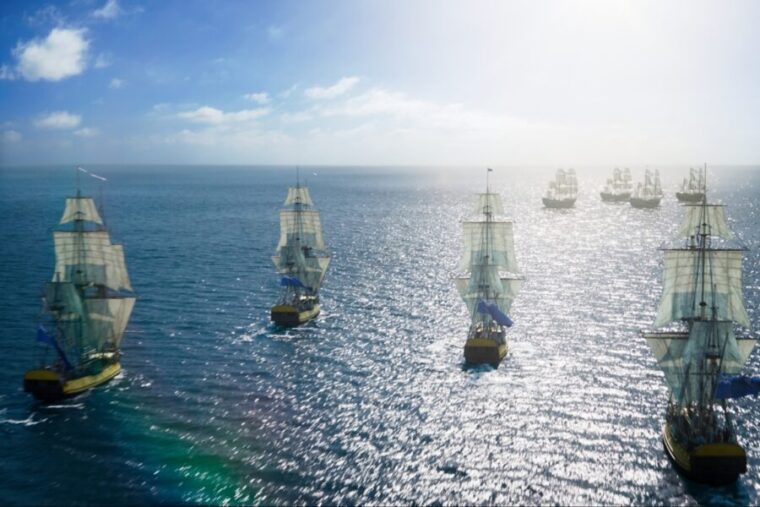


La Fortuna, 1804 ships at sea.
This particular sequence required countless hours of simulations, rendering machines, motion capture technology, scanning of ships, locations and characters, as well as animation and chroma. "The naval battle was the first thing we started on and the last thing we finished, but it was also the most satisfying sequence for Twin Pines as a visual effects studio," they added.
Simulating a complete sequence of an automobile trip on US roads was another big challenge La Fortuna. The Spanish streets footage was used for the exteriors and a chroma recording on the film set for the interiors. The 3D composition included the creation of road signs and various landscape elements such as bridges, buildings, speed barriers and the cars driving in both directions.
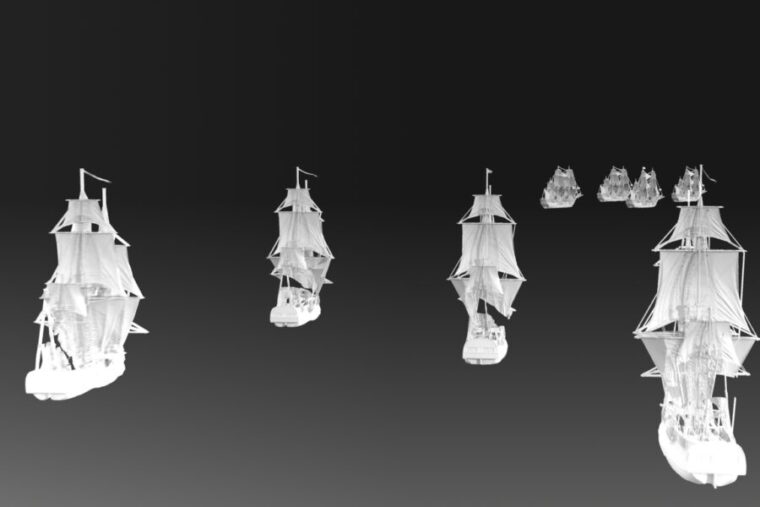


1804 ships at sea, before (Twin Pines)
Given the complexity of the project, especially in the historical period scenes, the plan was to begin in the summer of 2019 with the preventive scan of the real ships that were to be used for filming. Then came the preview of the sequences with the scanned material and a study of the possible camera angles together with Amenábar.
The end result was around 1.000 VFX shots across the series for which the industry's most advanced software was used: Nuke for composition, Houdini for simulations, Maya and Clarisse for 3D scenes, and Arnold for rendering. Furthermore, Twin Pines' working method always involves the development of specific tools by its team of engineers with the aim of optimizing results and adapting to the needs and requirements of the individual customer.
LA FORTUNA_REEL_TWINPINES from Twin Pines VFX on Vimeo.
This project came at one of the best moments for Twin Pines, following the expansion of the headquarters with a major overhaul of its technology infrastructure and the recruitment of new creative talent, not to mention the recent victory of the Goya Award for the best effects. special for his work in Akelarre by Pablo Agüero.
“From a visual effects point of view, being able to bring the complicated scenes to life La Fortuna it was an incredible experience. We have successfully faced challenges that were at the level of the largest studios in the world in a high profile international project, ”concluded Rubio and Nogales.
La Fortuna premiered as the only drama series selected for the San Sebastian Festival in September before being broadcast on Movistar + (Spain) and Sky (Germany). The series will arrive on AMC + in the US on January 20, after launching in Latin America and the UK.
Go to the source of the article on www.animationmagazine.net

